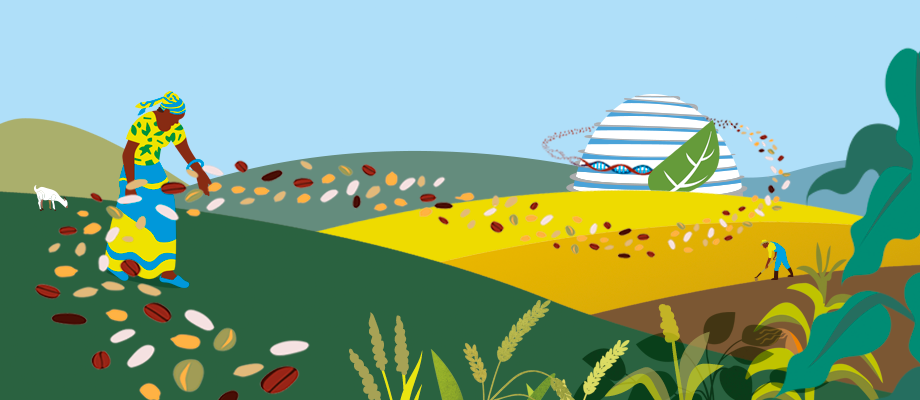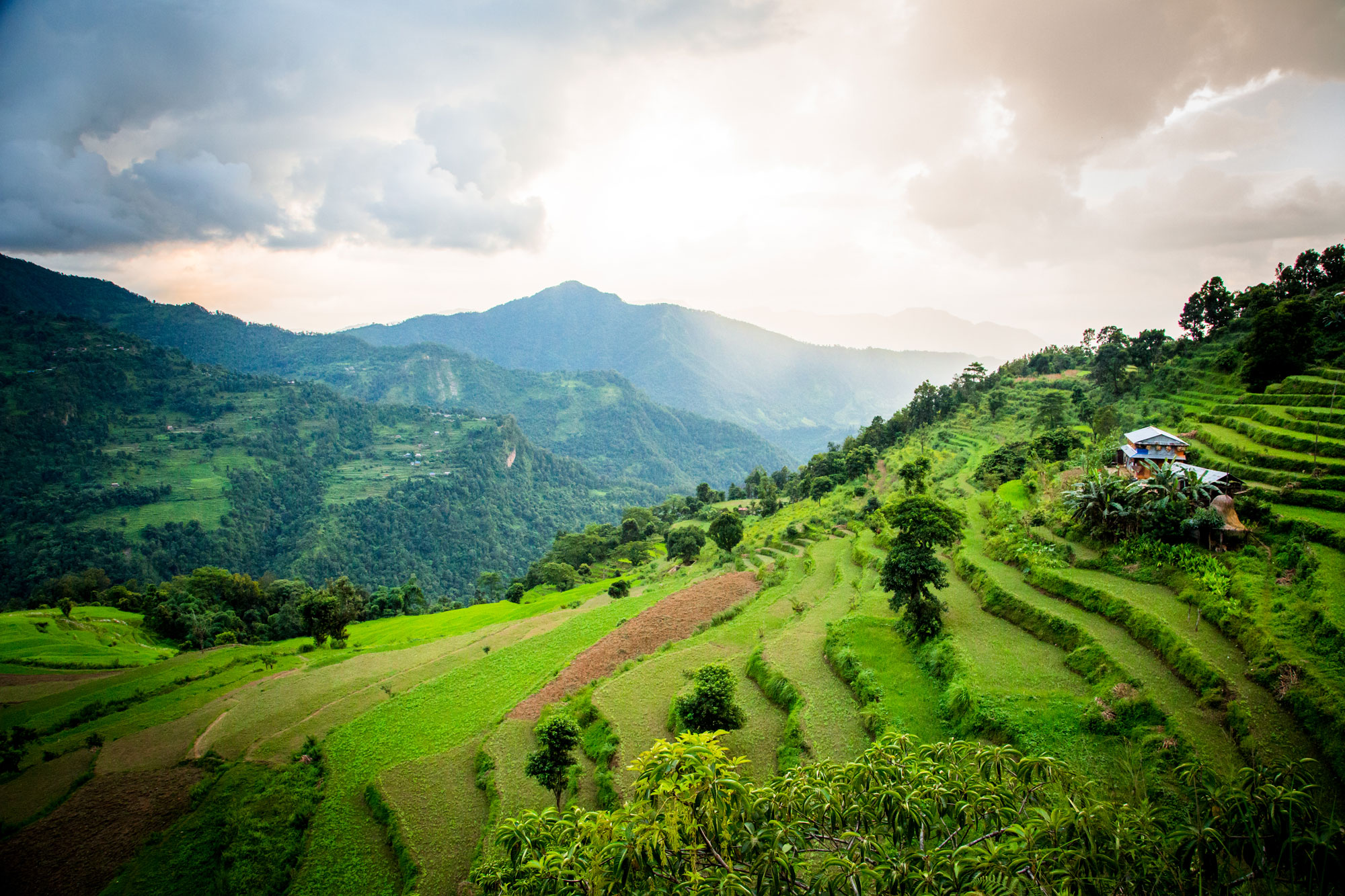Data dissemination

FAO is responsible for the compilation, analysis and dissemination of a comprehensive variety of statistical data on food, agriculture and the sustainable management of natural resources. The Organization provides free and unrestricted access to 23 major databases and produces publications with key statistical content covering different topics under FAO’s mandate and strategic goals: better production, better nutrition, a better environment and a better life for all, leaving no one behind.
Through these products, FAO works to ensure that high-quality and internationally comparable data are produced and made accessible to all countries, thus contributing to building a comprehensive knowledge base on food and agriculture. In this context, FAO has recently adopted an Open Data Licensing Policy, which advocates for the application of a suitable open data license to be applied to all statistical data disseminated through corporate databases. The Organization is fully committed to promote open data practices to improve data access, derive additional value from data assets, and maximize data use.
To stay up-to-date on FAO data releases, please consult FAO Data Release Calendar.
Natural, genetic and biodiversity resources

DATABASE
AQUASTAT (FAO’s Global Information System on Water and Agriculture)
AQUASTAT provides comprehensive information related to water resources, water uses and agricultural water management across the world and plays a key role in the monitoring of the Sustainable Development Goal 6 that sets out to "ensure availability and sustainable management of water and sanitation for all", and in particular indicator 6.4 on water stress and water use efficiency.

DATABASE
WaPOR, remote sensing for water productivity
WaPOR, FAO’s portal to monitor Water Productivity through Open access of Remotely sensed derived data, monitors and reports on agriculture water productivity over Africa and the Near East. It provides open access to the water productivity database and its thousands of underlying map layers.

DATABASE
Domestic Animal Diversity Information System (DAD-IS)
The Domestic Animal Diversity Information System, maintained and developed by FAO, provides access to searchable databases of breed-related information and photos and links to other online resources on livestock diversity.

DATABASE
World Information and Early Warning System on Plant Genetic Resources for Food and Agriculture (WIEWS)
WIEWS is the information system used by FAO for the preparation and dissemination of periodic, country-driven global assessments of the status of conservation and use of Plant Genetic Resources for Food and Agriculture (PGRFA).

DATABASE
AquaGRIS (global information system for aquatic genetic resources)

DATABASE
SilvaGRIS (global information system on forest genetic resources)
Related publications
gLOBAL REPORTS

MAJOR REPORTS - BIODIVERSITY
The State of the World’s Biodiversity for Food and Agriculture

MAJOR REPORTS - LAND AND WATER
The State of the World's Land and Water Resources for Food and Agriculture (SOLAW)
MAJOR REPORTS - GENETIC RESOURCES

Planting the seeds of our future
With our interactive photo essay, explore the state of the world’s plant genetic resources for food and agriculture.

Turning over a new leaf
Safeguarding forest genetic resources for future generations

WAPOR WATER ACCOUNTING SERIES
Syrian Arab Republic (2020)
Niger River Basin (2020)
Nile River Basin (2020)
Jordan River Basin (2020)
Awash River Basin (2019)
Litani River Basin (2016)
More WaPOR publications >
REGIONAL AND COUNTRY REPORTS

